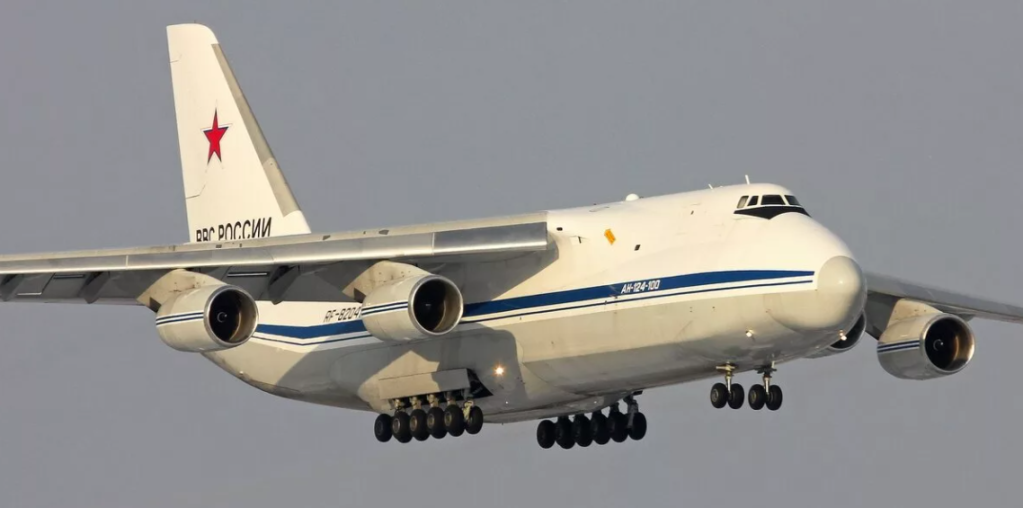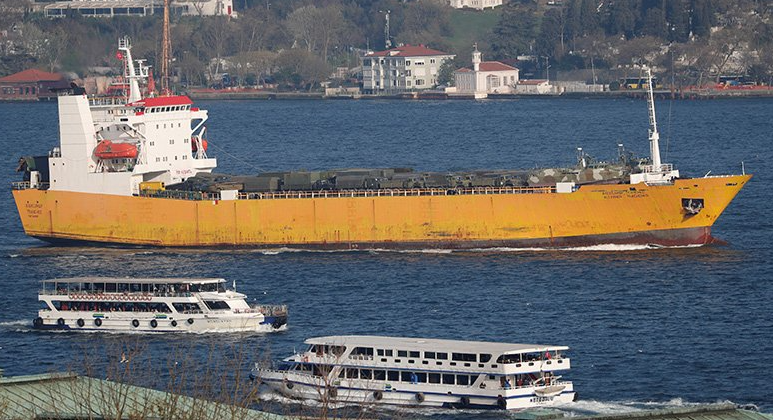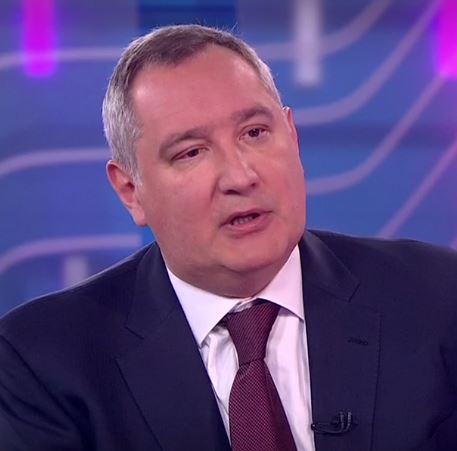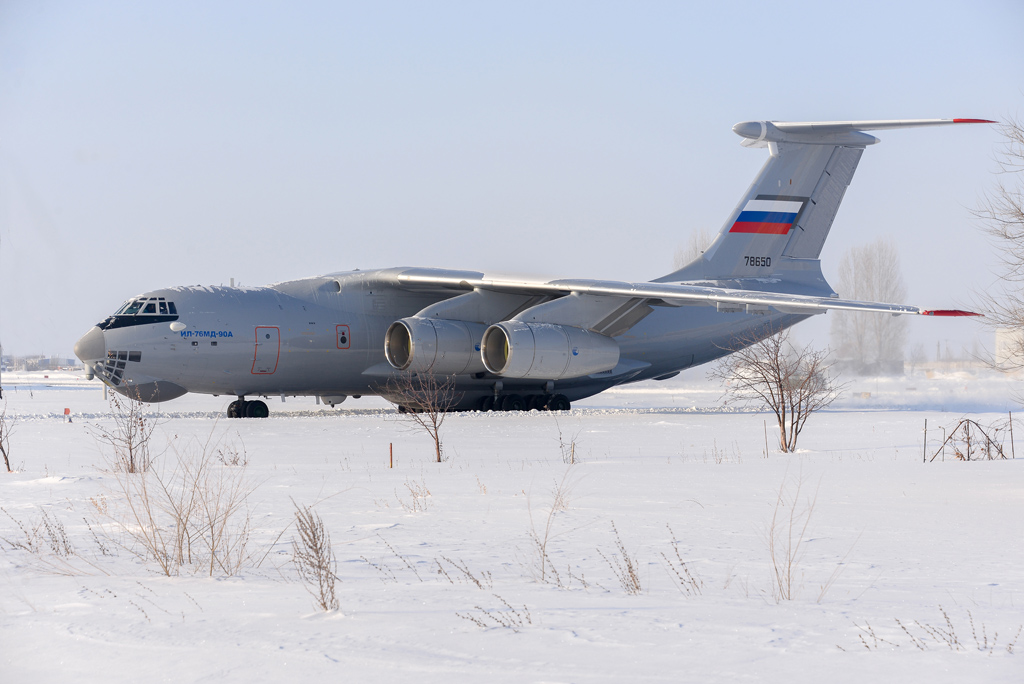Oleg Falichev wrote recently for Voyenno-promyshlennyy kuryer on the parlous state of Russia’s VTA — Military-Transport Aviation. The one-time Krasnaya zvezda correspondent laid out a less-than-convincing “infomercial” supporting renewed production of the Soviet-era An-124 heavy transport by Ilyushin.
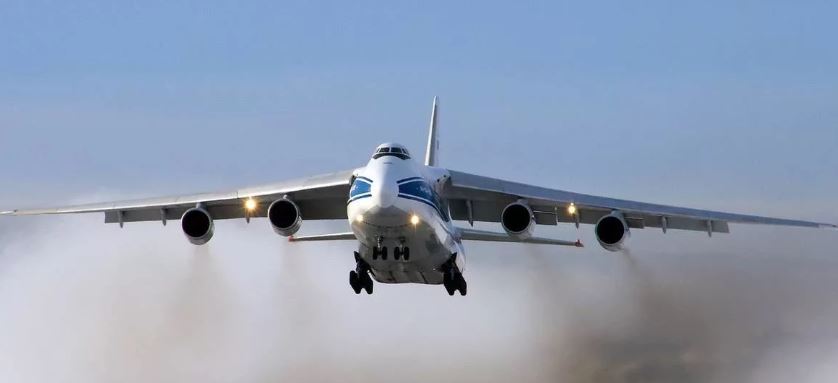
Endangered species?
That said, Falichev made points worthy of attention. Still some of his numbers are irreconcilable. But the thrust of his report is significant and grim for the VTA.
The current condition of the VTA inventory isn’t up to its missions, according to Falichev. Those missions include transferring troops between theaters, delivering large-diameter equipment, medical evacuation, other logistical support, and, most importantly, carrying the VDV to the battlefield.
VTA workhorses — the An-124 and Il-76 — are in dire need of replacement and/or modernization. The issue, Falichev says, is what needs to be done to keep them flying.
The majority of Russian transport aircraft were made in Soviet times or the 1990s, and the service life of most is expiring. Falichev reports that Moscow has only four An-124, 46 Il-76, and one An-22 heavy transports in a combat ready state. He says Russia has 26 An-124, but only four in a serviceable, flyable condition.
Other sources report a nominal (not necessarily operational) inventory of nine An-124, 89 Il-76, and five An-22 aircraft.
In NVO recently, Aleksandr Khramchikhin concluded VTA has about 15 An-124 and An-22 and about 90 Il-76 transports along with some 160 medium transports (mainly An-12 and An-26).
DIA’s recent Russian Military Power pub said virtually nothing about VTA as a power projection resource (probably wise), but it wrote that Russia has “122 heavy transports” which pushes the outer limit of reality.
The USAF has 45 C-5, 222 C-17, and probably 350 C-130 transports in various configurations.
Khramchikhin puts this in context:
“The enormous size of American transport aviation is explained by the global missions standing before the U.S. Armed Forces, especially since all these missions have to be carried out beyond North America. We have no such scope although, as events in Syria show, it fully well may appear sooner or later. But the scale of our own country in conjunction with the configuration of Russian territory (strongly stretched in a latitudinal direction in distinction from the almost square U.S.) and the difficulty of accessing most of it requires a very large VTA. We can have 6-7 thousand km between point A and point B inside our own country and point B can be in such a place where literally ‘it’s only possible to go by plane.’ So 250 transport planes (of which the larger half are medium and light) is little for us since the majority of them (all An-12 and An-22, a signficant part of Il-76 and An-26) have gotten very outdated. In addition, our VTA is very strangely deployed on the country’s territory — in gigantic Siberia and the Far East, which are almost entirely inaccessible regions, there is only the 257th Transport Regiment with 12 aged An-12 and 5 An-26 medium planes located in the very extreme south-east ‘corner’ of this super-region! The largest VDV in the world also require a much larger quantity of more modern transport aircraft.”
But back to Falichev . . . .
Falichev concludes that even optimal production of the Il-76MD-90A (Il-476) won’t replace the existing Il-76 inventory in the new future. There is, he claims, a replacement for the An-124 contained in GPV 2018-2027. Nevertheless, there remains a “real risk of a sharp decline” in the numbers of Russian VTA aircraft. And in combat readiness also. Syria and other contingencies, he continues, demonstrate the is high demand for the capabilities of a transport like the An-124.
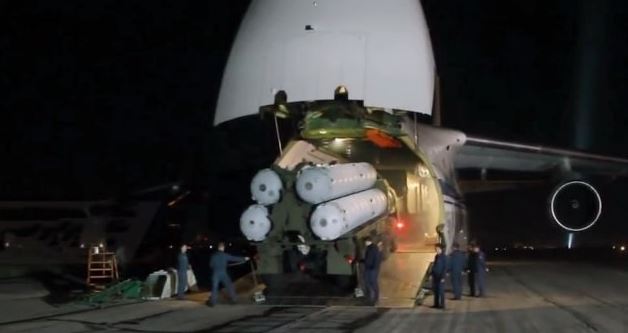
News photo purportedly showing offload of S-300P TEL from An-124 in Syria
With due respect to Messrs. Falichev and Khramchikhin, Moscow might live without new VTA aircraft. It’s not able to acquire everything to modernize its armed forces. Trade-offs are inevitable. VTA might be one. Russia’s rail network provides good internal lines-of-communication. Russia is more likely to fight regional conflicts along its periphery than far-flung wars. That its military could operate without new VTA is a debatable proposition, but one that should be, and likely is being, debated in Moscow.
Supposedly the PAK TA will be able to transport Russia’s new generation armor — Armata, Kurganets-25, etc. It might be ready for series production in 2027 in an optimistic scenario. In a realistic one, there are lots of obstacles.
Former Deputy Defense Minister and arms tsar, now Deputy PM and arms tsar, Yuriy Borisov has not only rained on renewed An-124 production, but also said R&D for PAK TA won‘t even begin until 2025. Its PD-35 engines won’t be ready before 2027. He has said modernized An-124s could fly until almost 2040.
So Falichev and others are left largely in the same place — modernizing the existing inventory of transports.
Here are some of his more squirrelly figures. He says the VTA maintains the fitness of the inventory at 56 percent — more than 131 of 200 aircraft are serviceable, 41 percent of Il-76s, 36 percent of An-124s, 17 percent of An-22s. None of these numbers track with the foregoing. Suffice it to say that readiness, serviceability, and OOB figures are notoriously spongy. It’s hard to say who’s counting and what they’re counting.
Falichev writes that Russian transports are simply being overworked. In 2016, the Il-76 force reached its annual flight hours target of about 24,000 in June and went on to get 150 percent of the goal for the year. This tracks with lots of past reports indicating that VTA pilots have no problem getting their flight hours.
VTA isn’t getting nearly enough maintenance money in the state defense order. In 2016, it paid for only 9 percent of the necessary parts and components. Less than that was actually received, according to Falichev. That amount was reduced in 2017 when there were plans to refurbish only nine transports.
The production and repair of D-30KP-2 engines for Il-76s is insufficient. Falichev says the annual requirement is 120 of them. He claims there’s a plan to acquire more than 500 of them by 2024.
Falichev claims Russia’s An-124s get only two percent of the financing needed to service them. Their D-18T engines are a problem since they’re now a foreign product (Motor Sich in Ukraine). And AO UZGA in Yekaterinburg hasn’t mastered their repair. Perhaps because they aren’t getting paid to do it? Obviously an import-substitute is needed here.
So he sums it up:
“As we see, the problems are serious enough that they can’t be solved with a wave of the hand. It’s no wonder in Rus they say: the peasant doesn’t cross himself until it thunders.”
In other words, Moscow may have put off action on VTA until it’s too late.
To remedy VTA’s woes, Falichev calls for GOZ financing sufficient to maintain transport aircraft, their engines, and components at an acceptable level. He advocates funding to repair 12 D-18T, 8 NK-12MA (for An-22), and 112 D-30KP-2 engines. He says the quality of Il-76 maintenance at Novgorod’s AO 123 ARZ needs to improve. His entire “to-do” list is longer.
Falichev concludes:
“These are only the most essential measures. The state needs a long-term, systematic aviation development program, not just for military but also civilian aviation. Without it, Russia will stop calling itself an aviation power and will continue flying in ‘Boeings’ and ‘Airbuses.'”
And this is really the crux. Moscow doesn’t seem to have a priority on fixing VTA, but it won’t give up on it either because that would imply giving up on its larger aviation industry to some degree.

